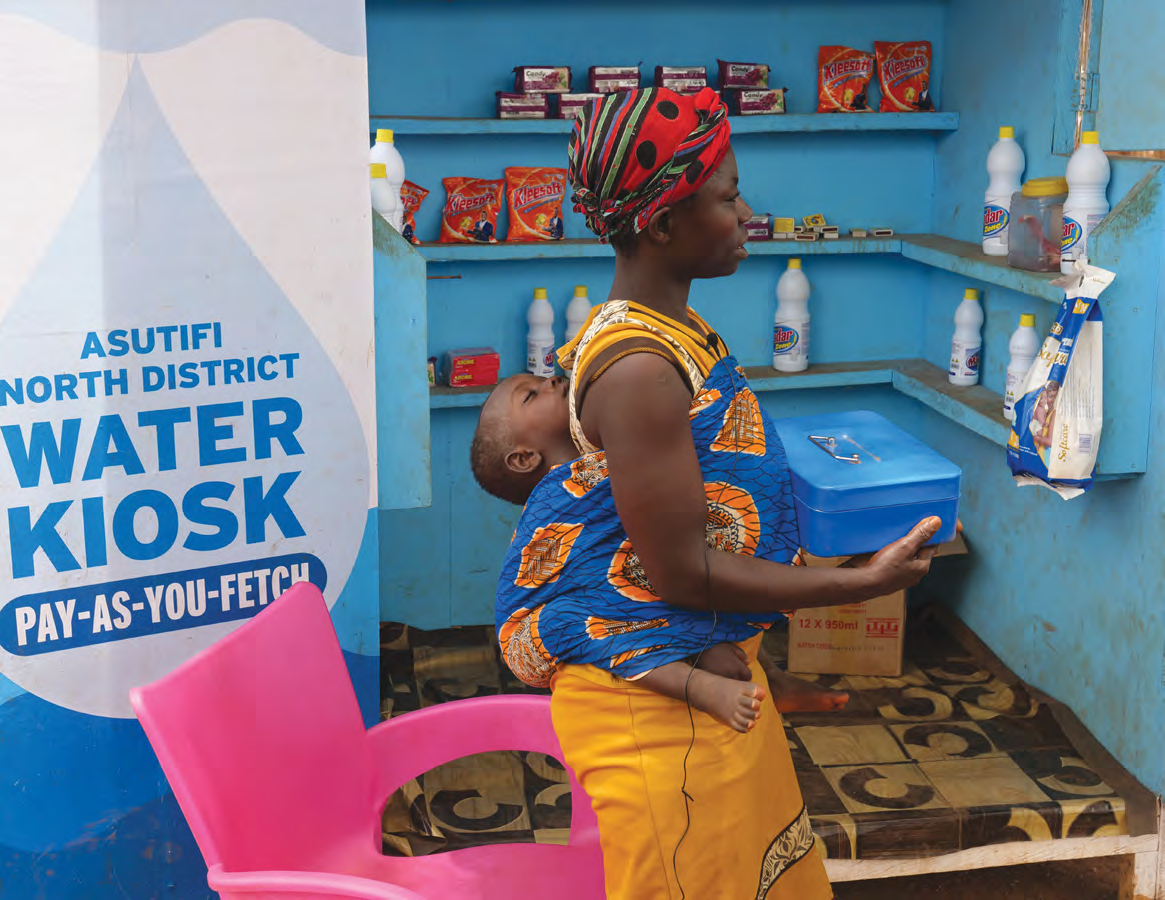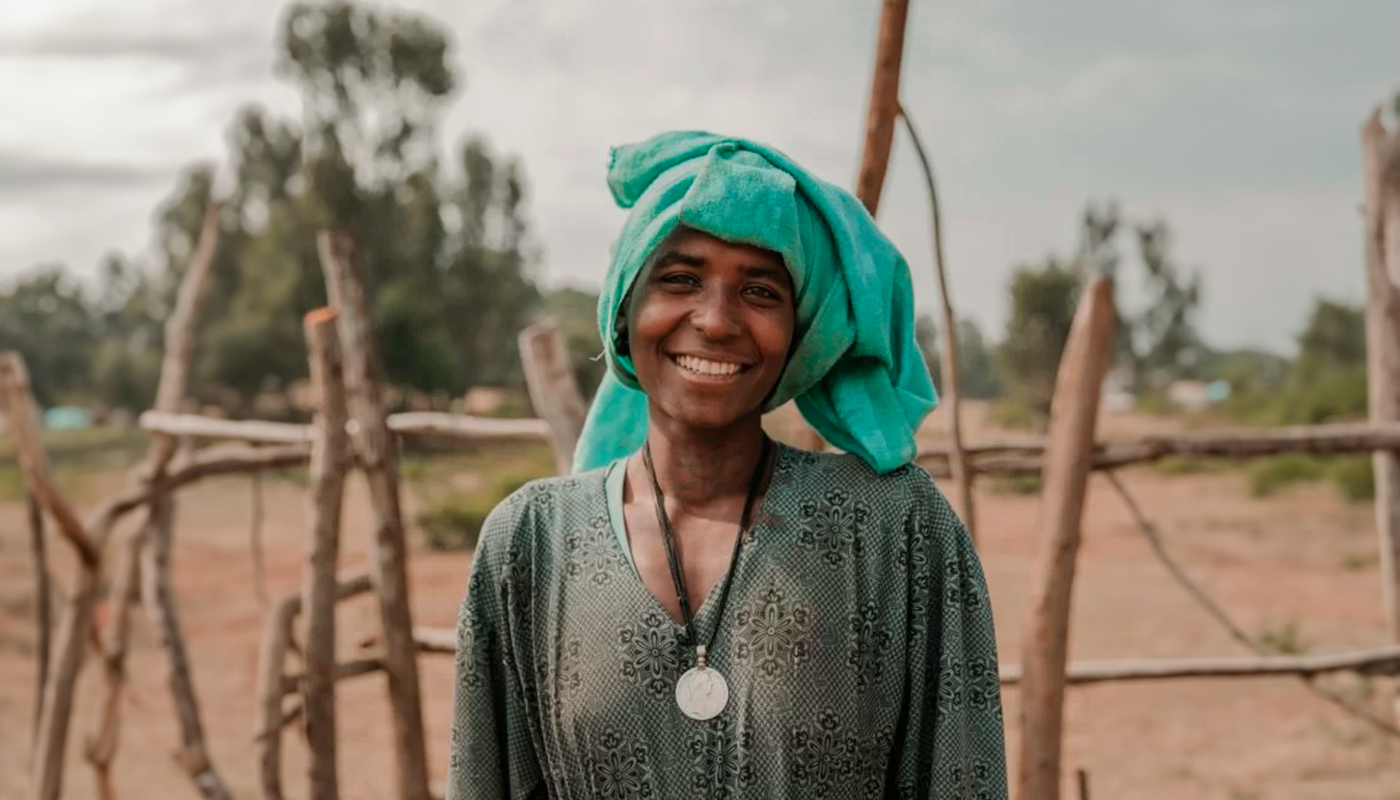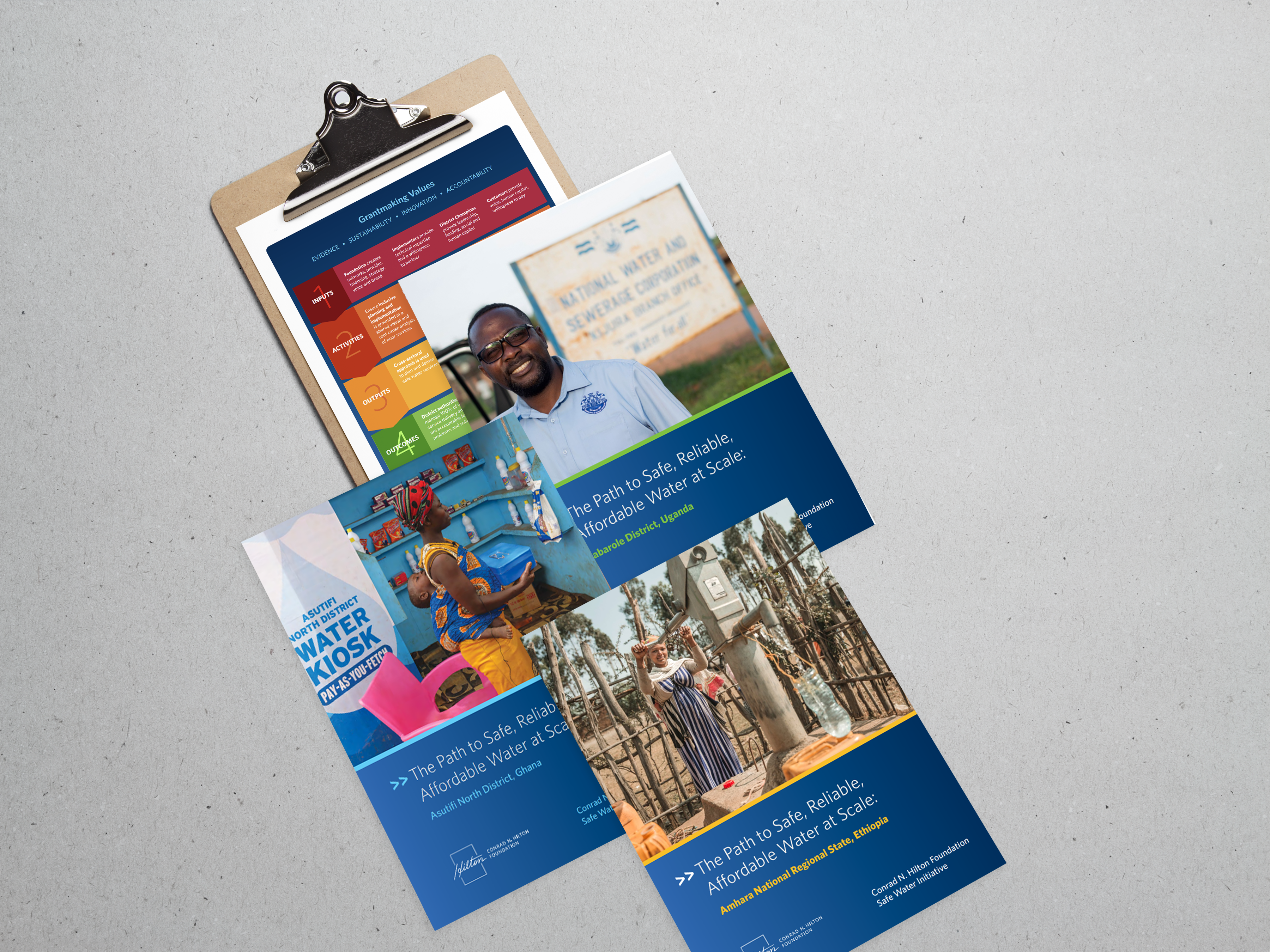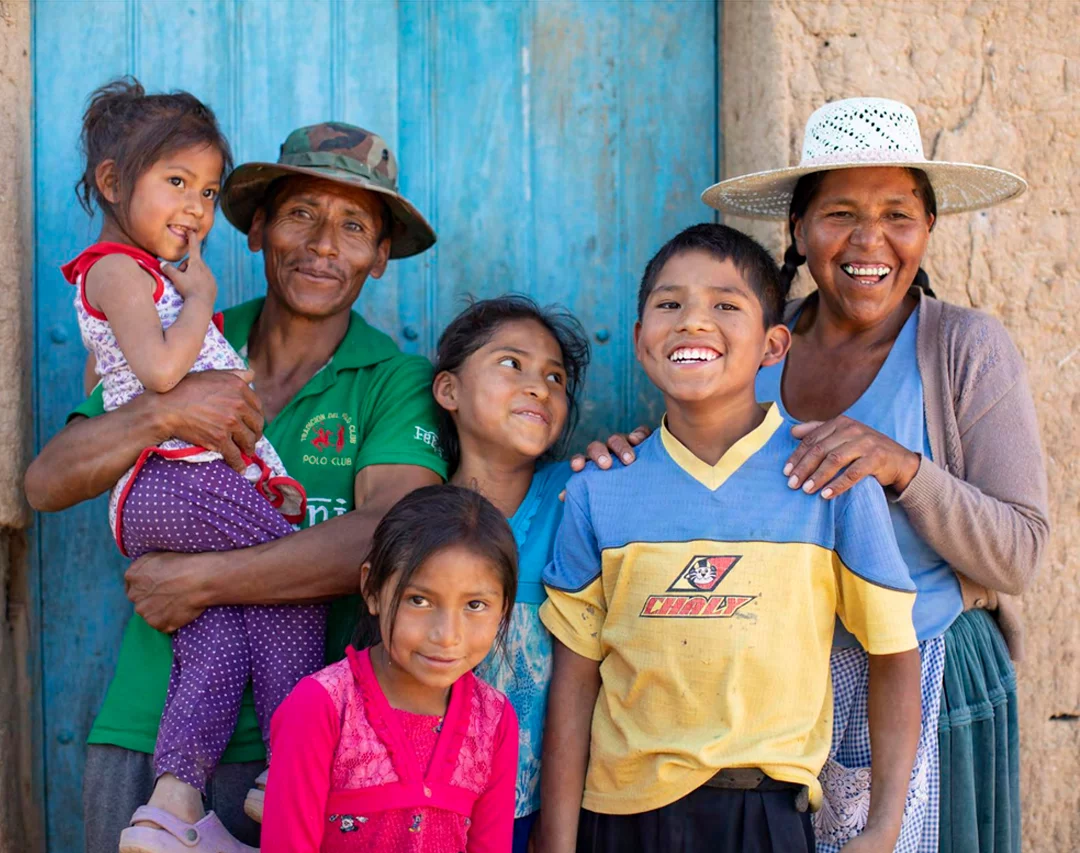SUMMARY
Boiling Down the Conrad N. Hilton Foundation’s Safe Water Strategy
What will it take to achieve Sustainable Development Goal 6.1 — universal and equitable access to safe and a ordable drinking water for all—by 2030? For more than 30 years, the Hilton Foundation has funded e orts to help answer this question. The Foundation wanted to share its Safe Water Initiative’s approach, results, and lessons learned with peer donors to leverage insights and accelerate progress.
Databoom used design thinking to focus on the information that peer donors would value most. We combined rigorous qualitative and quantitative analysis with thoughtful design to produce three country profiles that are evidence-based, accurate, and honest. We also introduced a planning tool to maximize stakeholder engagement.
SERVICES
- Storytelling
- Strategic Measurement
- Stakeholder Engagement

THE NEED
The Hilton Foundation wanted to capture its Safe Water Initiative’s grantmaking approach and set up a process by which learning could be shared over time and incorporated into a larger communications and advocacy strategy. “A lot has happened in the last two years,” explained the program’s director. “Peer donors want to understand our story and get involved. They could leverage our e orts to maximize success.”
“That’s where we came in.”
STORYTELLING
The Foundation wanted peer donors to understand its safe water funding approach and how it tailors this approach to fit di erent country contexts. An added complication was that the Safe Water Initiative was about to launch a new five-year strategic plan and the Foundation wanted to capture both what the program had tested and where it was headed.
As a first step, Databoom used design thinking to update the Safe Water Initiative’s logic model. This exercise, which required intense reflection and many iterations, pushed the team to distill their approach into a one-page infographic. The revised logic model linked the Foundation’s grantmaking values to stakeholder inputs, priority activity areas in safe water, target outcomes, and impacts. It focused on the information that peer donors were likely to value most.
Databoom used the logic model to structure the story. The first three sections briefly introduce key actors, geographic context, and baseline data. The main section explains the logic model in detail and shares how this model has been adapted to fit each country context. The last section offers a look ahead.
We produced three country profiles – Ethiopia, Ghana, and Uganda – where the Safe Water Initiative is testing its approach. To prepare the profiles, we carried out a rigorous desktop review and conducted qualitative interviews with the Foundation, its grantees, and government stakeholders. We also collaborated with grantees to organize field photography in two countries. In parallel, we worked with a graphic designer to develop a design template that combines a variety of elements— text, figures, tables, infographics, photographs, and quotes— in a color-coded layout that is visually appealing, links to the logic model, and is easy to follow. Below are some sample elements.
STRATEGIC MEASUREMENT
We reviewed grantee data to summarize progress toward goals, the projected cost to reach those goals, and the amount of funding committed, funding provided, and funding gaps.
The data were real-world data. Messy.
Coverage data were available in an up-to-date digitized system in one country, but only available in old databases or static documents in the other two countries. Data collection was suspended during the COVID-19 pandemic, so some years were missing, or data sources were sometimes different in the same country (e.g., from government reports or grantee data collection). Cost data were even more complicated: in one country, costs from different funders were calculated in both annual and financial years and in another, cost data were missing for one year of implementation. Costs were also categorized differently in each country and grantees used different nomenclature and reporting formats to speak about costs. Additionally, most of the data predated the Foundation’s new safe water strategy and logic model.
We queried the data, aligned our analysis approach with the logic model, and worked with the Foundation’s grantees to address gaps as best we could. Our goal was not simply to report the numbers: we wanted to “connect the dots” and present coverage and cost results consistently across all three countries to foster insight.
STAKEHOLDER ENGAGEMENT
Initially, the Foundation wanted to engage peer donors. As the country profiles were nearing completion, they realized that the profiles would also be useful to share with government partners, existing grantees, potential grantees, new staff , and others.
Seeing an idea take shape and then soar higher and farther than first imagined is exciting, but the Foundation’s safe water team was also relatively small, with a lot to manage. With this in mind, we helped the team develop a 12-month stakeholder engagement plan that is concrete and actionable.
We asked the team a set of initial questions: “What do you want your target audience to know (the message), who do you need to engage (the audience), and what do you want your audience to do as a result (the action)? Then, we asked the team to consider three additional components: how the message would be disseminated (the channel), how the message would be packaged (the knowledge product), and who would be responsible for making it happen (the champion). In total, there were six communication components, shown below:

The team completed two matrices, one for peer donors and the other for implementers. They can review key details— who, what, where, when, why, and how—at a glance, and they can update plans as new opportunities arise.

IMPACT
The Foundation is equipped with new resources that capture its safe water story: an updated logic model, three country profiles, two engagement plans, and a design template.
Distilling the Safe Water Initiative’s new strategy into a one-page logic model challenged the team to clarify their thinking and language. Using the logic model to structure the story and data analysis kept the focus on information that peer donors would value most.
Databoom’s unified data analysis provided new insights for the Foundation and its grantees. The process itself provided an unexpected learning opportunity for all. We shared concrete recommendations on ways the Foundation could strengthen data collection and analysis—which are key to fulfilling their commitment to hold themselves accountable to government and community partners, their Board of Directors, and the global development community.
Focusing on priority messages and audiences helped the Foundation transform a well-intentioned but ambiguous aspiration (“Let’s engage our stakeholders!”) into two concrete and actionable plans, one for peer donors, the other for implementers. As new opportunities arise, the Safe Water Initiative can use the same process and tools to update their plans or create additional plans.
Acknowledgements: Thank you to the Conrad N. Hilton Foundation for their review and inputs. This case study was written by Kim Longfield, Rebecca Pallant (Databoom), and Amy Lynn Grossman (Thinking Hound), and designed by Fluyt.
Photo credits: Martha Tadesse (cover and page 6); Henry Bongyereirwe (pages 2 and 4); IRC Ghana (page 5). All images © The Conrad N. Hilton Foundation, except page 5.




